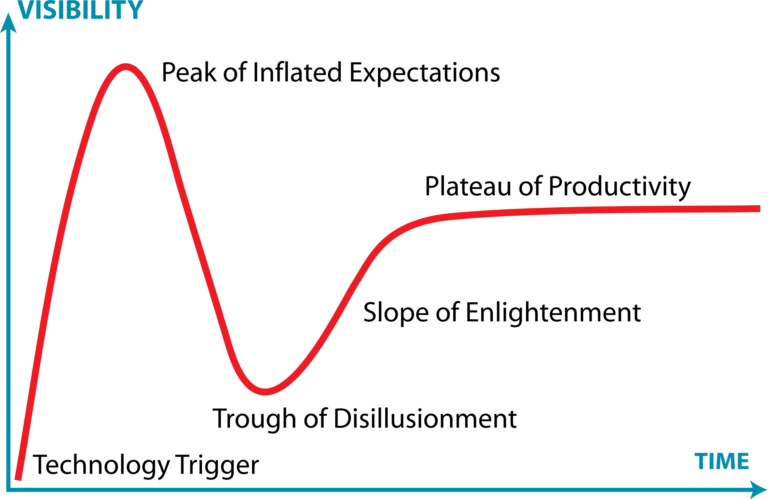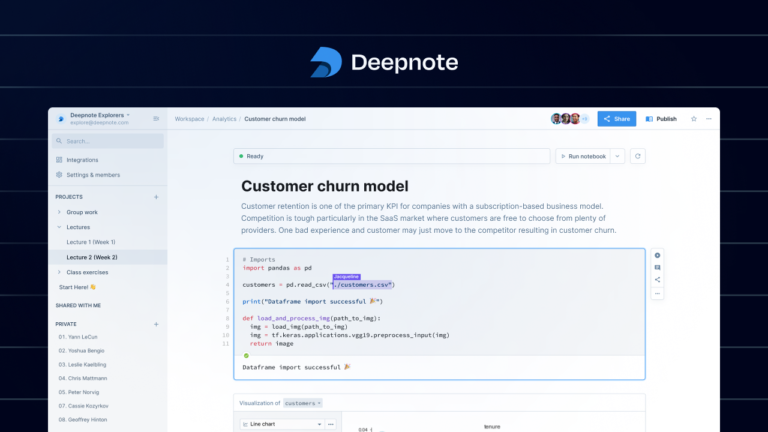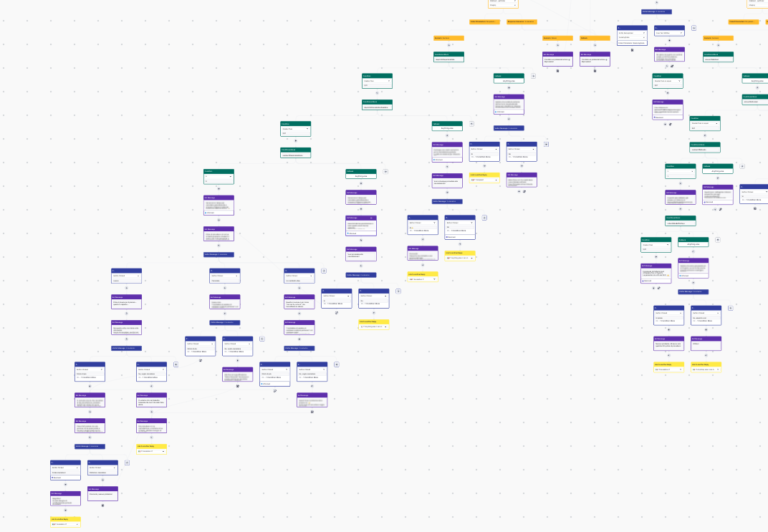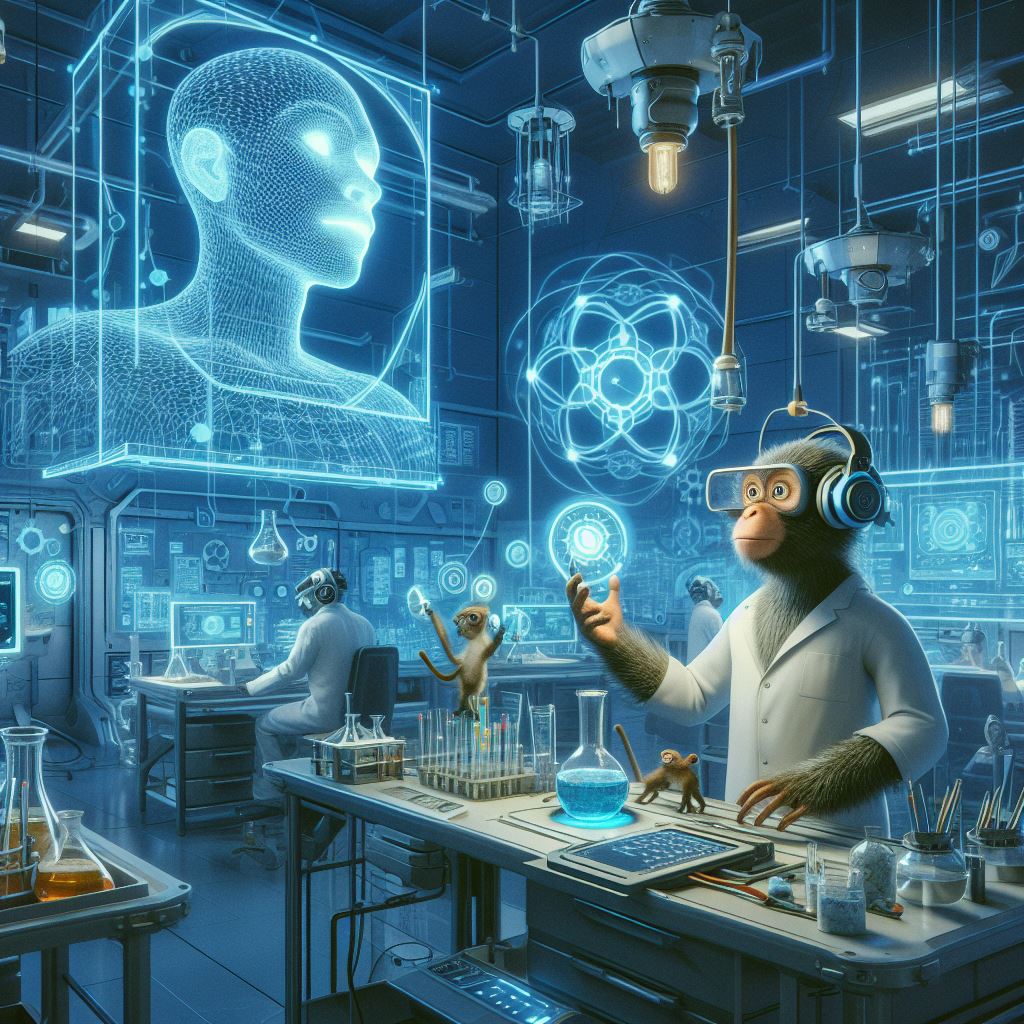AI is the buzzword of the year.
Generative AI and Large Language Models (LLMs) have gained a lot of visibility since the launch of ChatGPT.
In the Gartner hype cycle, I feel we’ve gone through all the phases faster than with any other technology advancement before.

Generative AI is nothing new, but before ChatGPT (and Google Gemini, and Anthropic Claude, and Microsoft CoPilot), it was a lot less powerful though. Recurrent Neural Networks, Generative Adversarial Networks and many other techniques were used to learn from past data and generate a probable projection of the future.
In 2017, Google published a paper on Transformer Architecture, which essentially is a technique which uses “attention” to understand the relationships between words in a sentence, allowing it to process language with greater context and flexibility.
And around the 2010s, Vector DBs were created, to store high-dimensional vector representations (embeddings) of information.
These 2 things are the foundation of most Generative AI advancements made in the last 18 months, because thanks to them, it was possible to create Large Language Models and Retrieval-Augmented Generation (RAG), which is a way to combine generic LLMs and specific information one has (personal data) and create most of the new generation of tools we are now using.
The latest phase of Generative AI is definitely the multi-modal type of interaction, both in input and output. If ChatGPT was about text, we’re now seeing the same principles applied to images (DALLE), video (Sora), audio (Udio)… I’m excited to see what will come up next combining all those different powers.
Of course, it’s much more complex than that, but feel free to do your own research 🙂
(Thanks to Gemini and ChatGPT for helping me so far writing this)
Now, let’s talk about productivity gains and what we are using at WeRoad to make our life easier and more productive.
Our Engineers are using GitHub CoPilot.
Although far from perfect, it’s some sort of super advanced autocomplete. You still need to understand what it’s writing and if it’s correct in the given context, but for sure it’s faster than searching on StackOverlow or various documentations how to write that specific bit of code.
Our Data Analysts are using Deepnote, which is some sort of supercharged Jupyter Notebook.
It helps them to analyze data in a much faster way, and also to present the result to stakeholders.

Our Data Engineers used ChatGPT to generate documentation about our DataWareHouse. ChatGPT was very capable at understanding the structure of the tables, the names of the columns, and the relationship between them, and to write a first draft of a human readable documentation.
Our Product Managers are using Perplexity and ChatGPT to do research, generate and iterate through ideas, and writing documentation and requirements. It’s all work that used to be time-consuming, and now can get done in a faster way.
And at last, let’s talk about Products. LLMs and Generative AI will definitely be used more and more to make our products better for our customers.
Our TechOps team is helping the Operations and Sales team implemeting a chatbot for our customers with Ultimate.AI (we will launch the first version of this soon). Ultimate.AI allows us to mix the new school Generative AI using RAG on our FAQs, with the old school Decision Tree chatbot (which for specific use cases is still the best way to answer some customer questions). We are working on automating a lot of the post-sales questions (I need to change my booking, etc…), soon we’ll also start working on more pre-sales questions (I want to book a trip to Asia, are flights included?) and we are playing around with conversational UI on Search and Discovery (I have 2 weeks of holidays in August and would like to go to the beach and see some historical places, where can I go?)

Another thing we are working on is to automate our commercial forecast. So far we did a lot of work bringing to our platform and Data Warehouse all the inputs. Holidays in source countries, in destination countries, historical materialization of tours, etc… and now we’re about to start working on the automation of the forecast via AI thanks to the help of our friends at https://xtreamers.io/ and https://kleene.ai/.
Last, but not least, as explained in our previous posts about how we run hackathons, we are building an internal product that allows us to generate landing pages at scale, which will allow us to grow our organic traffic on Google, by generating super relevant content for people searching for group travel.
Google recently published an article about real world use cased of Generative AI, so to get your brain flowing with ideas of where your next AI generate gain can be, have a look at this: https://blog.google/products/google-cloud/gen-ai-business-use-cases/
